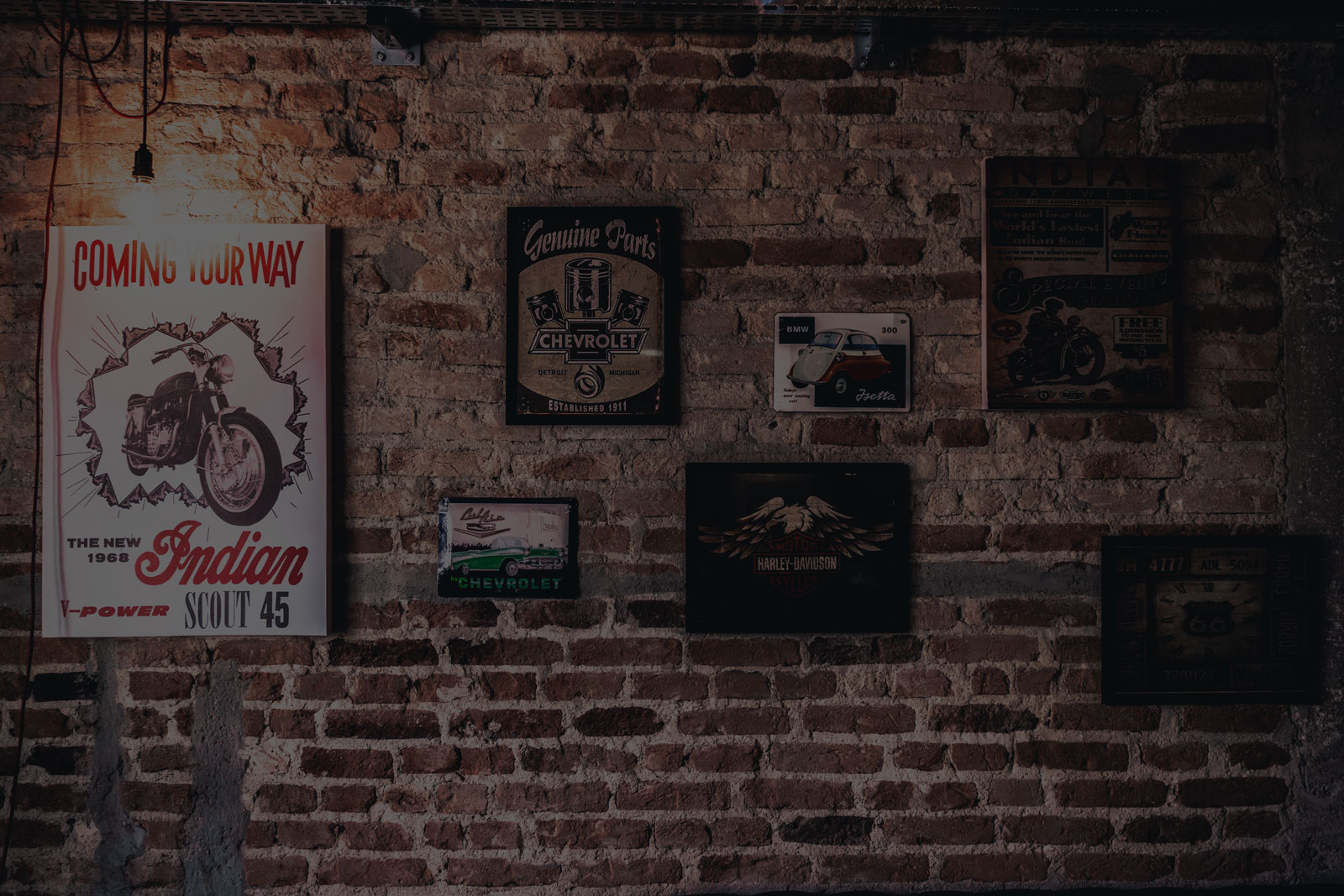The marketing industry is no less than a war zone and it’s always a treat to watch them battle it out through billboards, print and digital media ads etc.
Here are the top Marketing Campaigns That Won Hearts from the list of Red Dash Media.
Coca Cola (Share a Coke Campaign)

A few years ago, Coca Cola took the world by storm when it launched the ‘Share a Coke’ campaign. People went berserk as they enthusiastically clicked pictures of Coke bottles with their names on it. The campaign was such a hit with the masses because it gave them a personalised experience with the brand.
This remains one of the top favourites of every digital marketing company Because it took something ordinary like a name and created something extraordinary out of it.
Dove (Real BeautyCampaign)

It’s 2004 and a young girl sees a curvy woman with freckles on the billboard of a soap brand. She smiles because she feels represented and ends up buying that soap later that week. With their ‘Real Beauty’ campaign, Dove struck a chord with their target audience who mainly struggled with the issue of body image. That move, right there, is quite bold for a skincare brand. They featured real women in their ads instead of models thus promoting the natural beauty of women and garnering their love. This continues to be an inspiration for every social media agency in delhi and the rest of the world.
Apple (Privacy Campaign)

Mark Zuckerberg really messed it up for software companies with the whole data theft thing being exposed. Tech giant Apple answered the suddenly raised privacy concerns of the masses by launching a campaign that highlighted the privacy protecting features of its phones. This just proves that there’s a brilliant marketing campaign hidden in every situation if you really look at it from a brand’s perspective.
Lays (Smile Campaign)

About 3 years ago, pictures of faces half covered with packets of chips went viral. The smile campaign by Lay’s was an iconic move by the brand. By printing smiles on their packaging the brand encouraged people to try different flavours and on every purchase the brand made donations to Operation Smile. This remains in the heart of every digital marketing company in Delhi as a classic example of marketing with a good cause.
McDonald’s (I’m Lovin It Campaign)

We saved the best for the last. In 2003, McDonald’s did something truly out-of-the-box by announcing a competition between the ad agencies of the world for a tagline for the brand. The winning entry was the iconic ‘BA DA BA BA BA I’m Lovin It’. For the first time ever an audio element was added to a brand’s logo and it still continues to capture the hearts of millions. You hear the tune and you immediately think of McDonald’s. Now, THAT is brilliant marketing and every social media agency in India will agree to this.
If you observe carefully, the common thread between all the campaigns is the element of simplicity. All these brands took something very basic like a name, a smile, a fundamental concern like privacy and spun magic with it. This just goes on to prove the power of minimalism.
On that note, this is Red Dash Media signing off.

